“暹” SIAM PEOPLE in Portraits of Periodical Offering (Qing dynasty, 18th century) 🇹🇭
โพสท์โดยXian luo guo shizhe (Siam) is Thai people in the "The Portraits of Periodical Offering" of Qing Dynasty. It was painted by a painter named Xia Sui (謝遂).
🔸 图为乾隆年间《职贡图》中泰国百姓着装。 ภาพแสดงการแต่งกายของคนไทยใน "แผนที่บรรณาการ" สมัยเฉียนหลงฮ่องเต้ ราชวงศ์แมนจู (ชิง) ตรงกับสมัยพระเจ้าตากสิน แห่งกรุงธนบุรี, ปัจจุบันเก็บรักษาไว้ที่พิพิธภัณท์พระราชวังแห่งชาติกู้กง (National Palace Museum, 國立故宮博物院) เมืองไทเป, ไต้หวัน.
🔸 Huang Qing Zhi Gong Tu or Qing Imperial Illustrations of Tributary Peoples is a 18th century work by the Qing Dynasty, it is a collection of descriptive and ethnological studies/notes on tributary states (and beyond) as well as the different ethnic groups within Qing’s administration.
✦ The Portraits of Periodical Offering (simplified Chinese: 职贡图; traditional Chinese: 職貢圖; pinyin: Zhígòngtú) were tributary documentative paintings (with illustration on each of the portrait) produced by various Chinese dynasties and later as well in other East Asian dynasties. These paintings were official historical documents by the imperial courts. The term "職貢圖" roughly translates to "duty offering pictorial". Throughout Chinese history, tributary states and tribes were required to send ambassadors to the imperial court periodically and pay tribute with valuable gifts (貢品; gòngpǐn).
✦ This is considered as the initial trading, which includes the arrival of tributary system. The tributary system became a significant custom when contacting, which China required all states to practice. Therefore, all states must accept China’s requirement by offering tributes to show their submissiveness in return of great economic benefits that China rewarded them without any political intervention. Such relationship offered mutual benefit. China showed that it had the authority over the surrounding states; however, those states gained the economic benefits from China.
✦ Drawings and paintings with short descriptions were used to record the expression of these ambassadors and to a lesser extent to show the cultural aspects of these ethnic groups. These historical descriptions beside the portrait became the equivalent of documents of diplomatic relations with each country. The drawings were reproduced in woodblock printing after the 9th century and distributed among the bureaucracy in albums. The Portraits of Periodical Offering of Imperial Qing by Xie Sui (謝遂), completed in 1751.
✦ In the mid-18th century, the painter Xiesui (謝遂) again painted a Portraits of Periodical Offering of the Imperial Qing (Huángqīng Zhígòngtú 皇清職貢圖, completed in 1751), showing various foreign people known at that time, with texts in Chinese and Manchu.
✦ In the early Qing Dynasty, the regular tribute time of various countries was set as follows: Korea once a year, Siam once every three years, Holland once every eight years, and so on. And these tribute periods are also the interval periods for trade in China prescribed by the emperor to various countries. But the business did not do this, so many countries thought of other ways to increase the number of tributes.
As mentioned above, because of the reason of transporting rice to the emperor, Siam can trade more than once a year through Fujian and other three places. At the same time, Siam will also pay tribute through the new emperor's enthronement and request for canonization, or because of the positive tribute. From time to time, there are tribute ships in distress, and the tribute is not enough, and the tribute is made up again, so as to increase the number of trades.
——————•♦•——————
📷 Credit: https://www.sohu.com/a/285968869_445085
✦ https://athousandthousandislands.com/huang-qing-zhi-gong-tu-%E7%9A%87%E6%B8%85%E8%81%8C%E8%B4%A1%E5%9B%BE/
✦ https://commons.wikimedia.org/wiki/Category:Huangqing_Zhigongtu



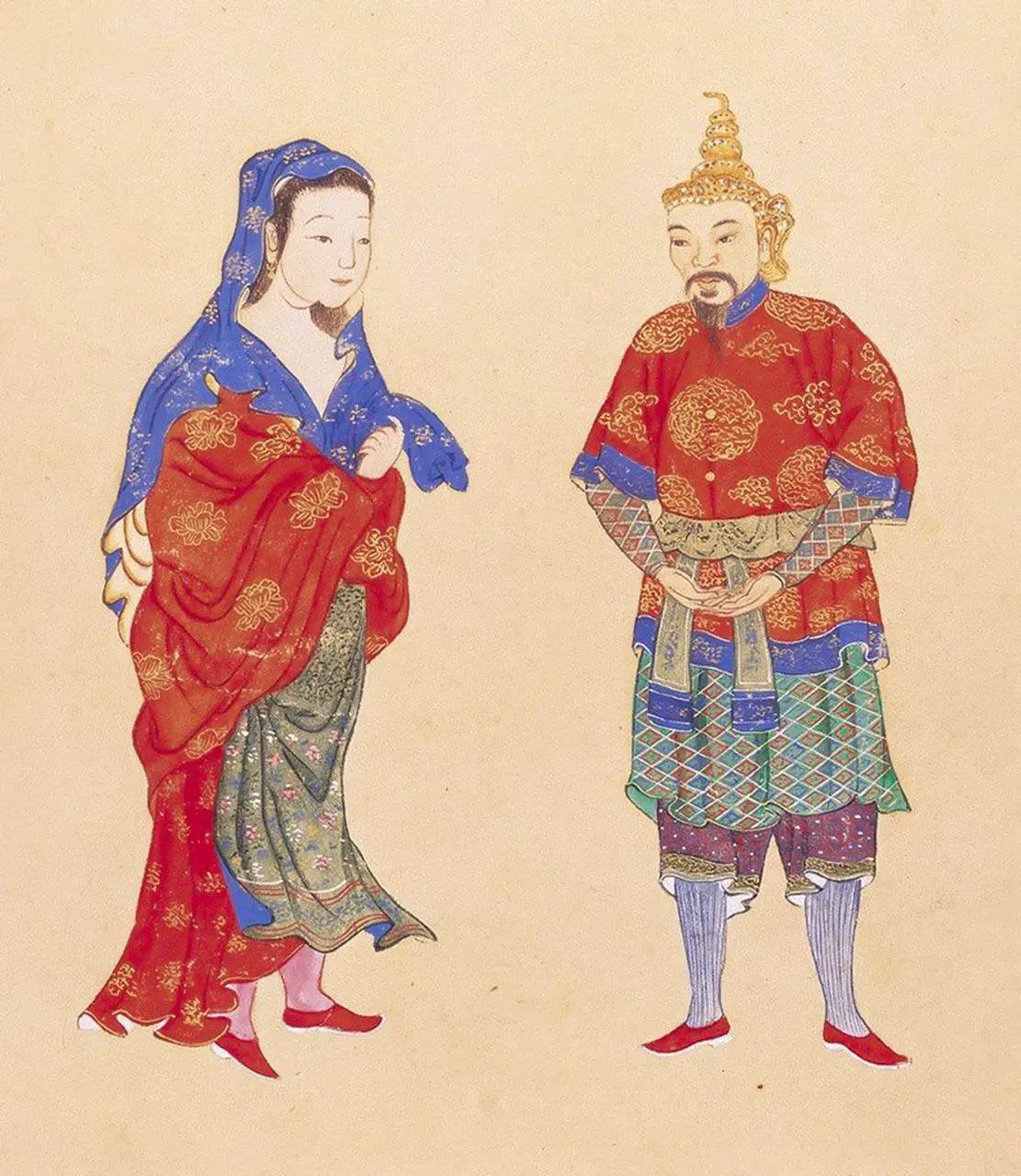
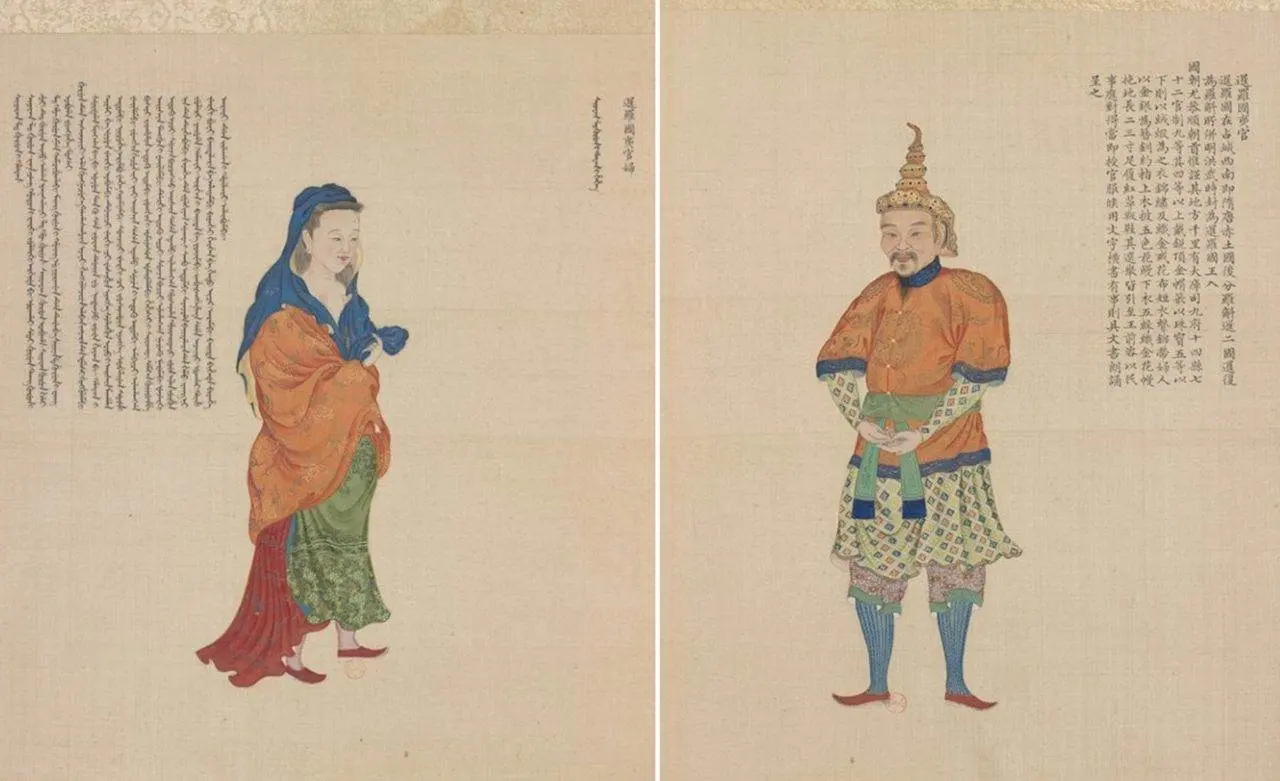
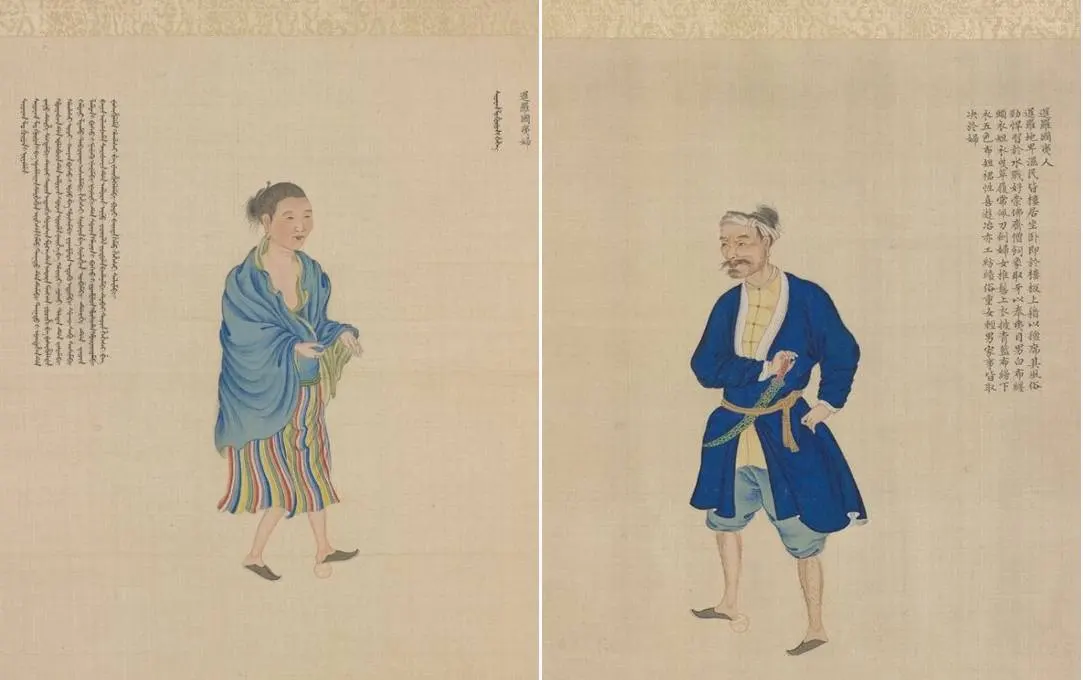
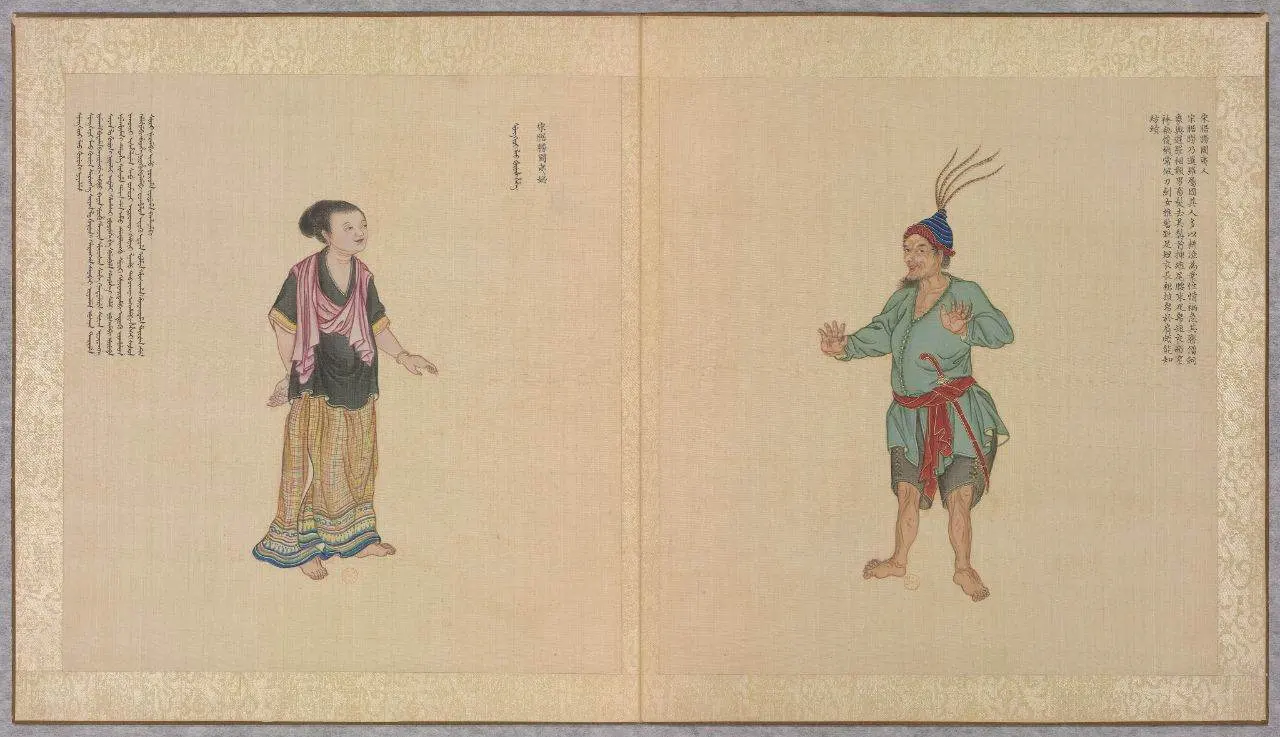
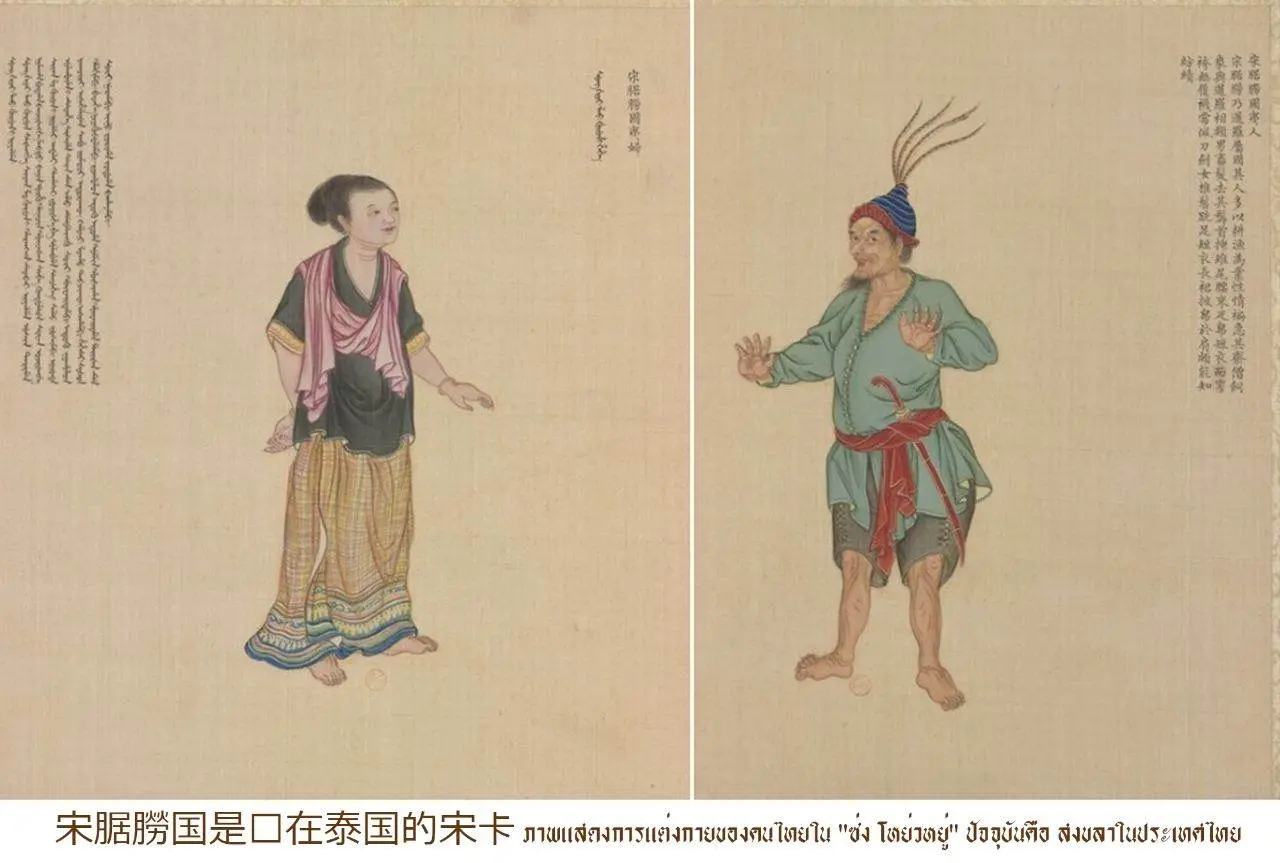
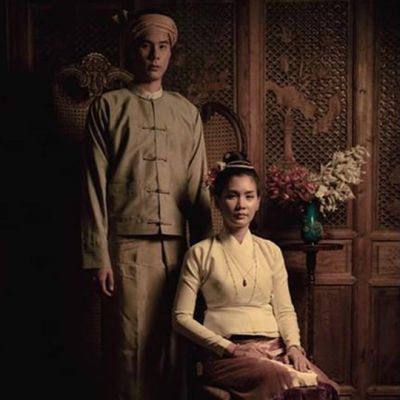 Tai Khuen ethnic, ไทเขิน ไตขึน
Tai Khuen ethnic, ไทเขิน ไตขึน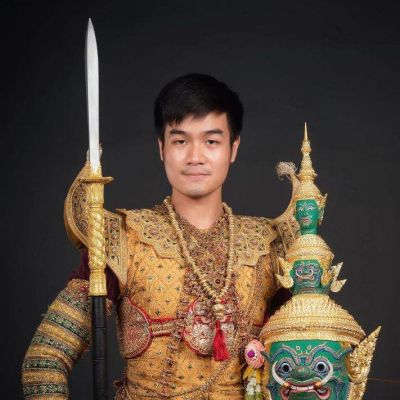 “รำลงสรงโทนท้าวกรุงพาณ” Khon masked dance drama in Thailand | THAILAND 🇹🇭
“รำลงสรงโทนท้าวกรุงพาณ” Khon masked dance drama in Thailand | THAILAND 🇹🇭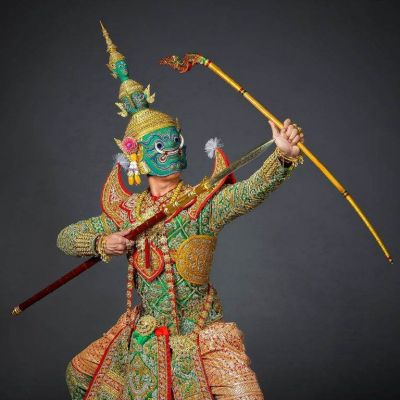 THAILAND 🇹🇭 | "Tossakan" or "Ravana" Thai dance: ลงสรงโทนทศกัณฐ์
THAILAND 🇹🇭 | "Tossakan" or "Ravana" Thai dance: ลงสรงโทนทศกัณฐ์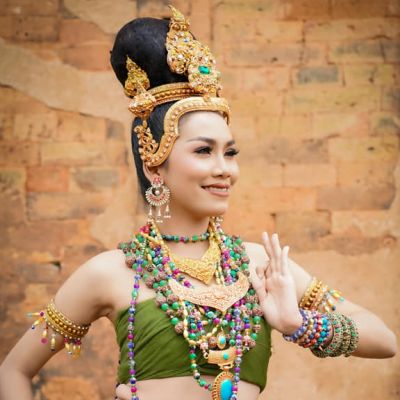 Thailand 🇹🇭 | "ทวารวดี" Dvaravati
Thailand 🇹🇭 | "ทวารวดี" Dvaravati